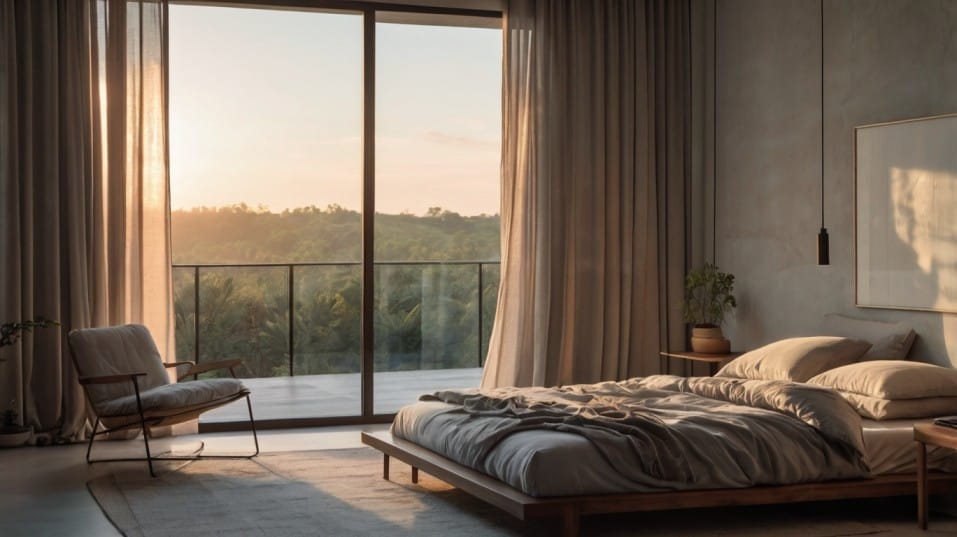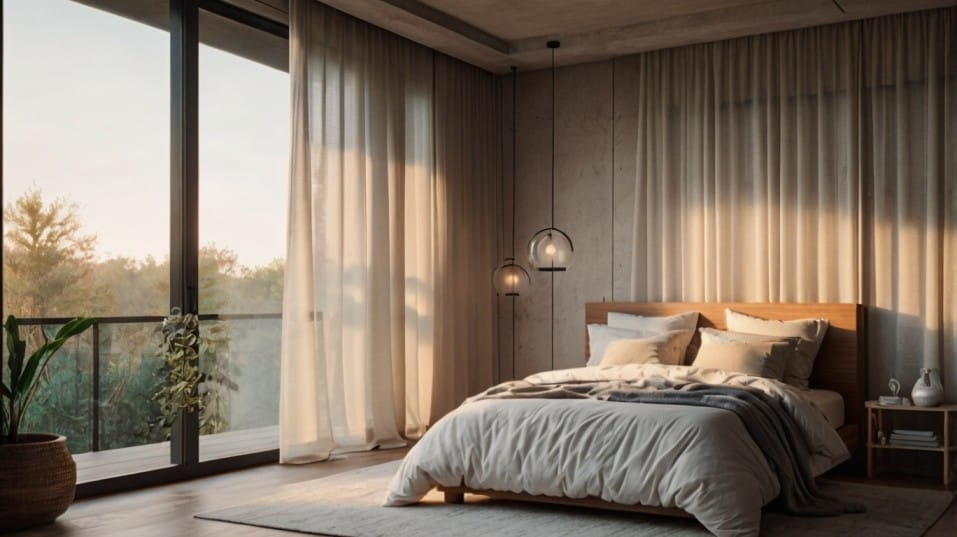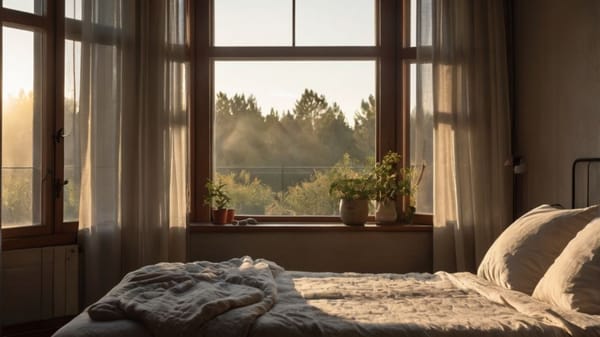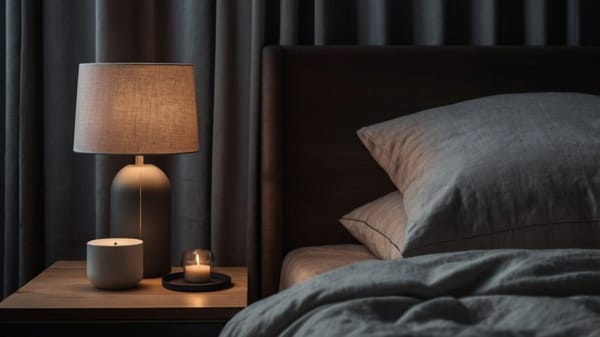How to Adjust Your Sleep Routine After Traveling
Struggling to sleep after travel? Learn how to reset your routine fast with science-backed tips for energy, focus, and better recovery.

Ever come home from a trip and feel like your sleep stayed behind? That groggy, wired-at-the-wrong-time fog isn’t just frustrating—it’s fixable. Whether you’ve hopped time zones or just messed up your rhythm, you can reboot your sleep fast.
No pills, no guesswork. Just a few smart moves grounded in science. This guide shows you how to reset your routine, reclaim your energy, and feel like yourself again—maybe even better.
Understand What’s Actually Happening
Your sleep rhythm is governed by your circadian clock—a biological system hardwired to respond to light and darkness. When you travel or disrupt your routine, your internal timing gets out of sync with your environment.
This throws off the release of melatonin (your sleep hormone), the rise and fall of cortisol (your energy hormone), and even body temperature, digestion, and mental clarity.
That’s why you feel tired at noon and wide awake at 2 AM. Your body still thinks it’s in another time zone—or stuck in vacation mode. The good news? This system is flexible. With the right nudges, you can retrain it in days.

Lock in Your Wake-Up Time First
If there’s one non-negotiable step, this is it: choose your wake-up time and stick to it. Even if your sleep is a mess, forcing consistency in the morning sets the rest of your rhythm in motion.
Why? Because waking at the same time daily stabilizes your body's cortisol peak—the hormone that naturally energizes you in the morning and regulates your alertness throughout the day.
Don’t hit snooze. Don’t sleep in "just this once." Get out of bed, open the blinds, move your body.
Give your brain a clear signal that it's daytime, even if you feel like a zombie at first. Within a few days, your sleep will start syncing naturally around this anchor.
Use Light Like a Reset Button
Light is the strongest external force acting on your circadian rhythm. To get back on track, you need to time your light exposure like a pro.
Trying to shift earlier?
Get as much morning light as possible. Step outside right after waking—even cloudy daylight is powerful. Avoid bright light in the evening, especially from screens, overhead LEDs, or late-night scrolling.
Shifting later?
Do the opposite. Delay morning light with sunglasses and indoor time, and get your biggest light exposure in the late afternoon.
Think of light as medicine—it has timing, dose, and effect. Use it strategically, and your body clock adjusts far faster.
Don’t Skip the Bedtime Wind-Down
Sleep isn’t an on-off switch—it’s a dimmer. The more consistent your pre-sleep routine, the faster your brain will learn the cues that say “power down.” And no, it doesn’t need to be a complicated, Instagram-worthy ritual. It just needs to work.
Pick a few activities you actually enjoy. Maybe it’s a hot shower, some breathwork, light stretching, or even a playlist that helps your brain downshift.
The point is consistency—doing the same actions in the same order signals that sleep is coming soon.
Keep your environment dim during this time. Bright lights or stimulating content trick your brain into staying alert. The darker and calmer your last hour, the easier your transition into deep sleep.
Make Your Sleep Space Work For You
After traveling, your body craves consistency—and your bedroom should make sleep effortless. Start with the basics and don’t compromise.
Cool it down. The ideal sleep temperature sits around 60–67°F. Your body drops its core temperature to fall asleep, and a cooler room helps that process happen faster.
Block out light completely. Use blackout curtains or an eye mask. Even dim light can suppress melatonin and mess with your sleep depth.
Cut noise or mask it. Travel often comes with unpredictable sounds. Back home, build a calm space. White noise machines or apps help drown out sudden spikes that can jolt you awake.
Simplify the space. A clean, quiet, tech-free room becomes a physical cue for rest. Your brain starts to associate the environment with sleep, and your routine gets that much easier.
Eat and Move on Schedule
Food and movement also affect your sleep rhythm—and both are usually off during travel. Now’s the time to bring them back into alignment. Start eating meals at the right local times, even if you're not hungry at first.
Your digestive system is tied to your circadian clock, and regular mealtimes can help re-anchor your body’s rhythm. Avoid big meals close to bedtime—digestion competes with sleep for energy.
Move your body during the day, especially in the morning or early afternoon. Even a brisk walk helps.
Exercise boosts body temperature, increases energy during the day, and promotes deeper sleep at night. Just keep it light in the evening, or you risk delaying sleep even further.
Rethink Naps—They’re Not Always Your Friend
After travel, naps can be both a blessing and a trap. Yes, a short nap can take the edge off your fatigue. But long or late naps can seriously mess with your ability to fall asleep later—and you’ll just prolong the reset process.
If you absolutely need a nap, aim for 10–20 minutes, before 3 PM. That’s just enough to refresh without entering deeper sleep stages that leave you groggy or delay nighttime rest.
If you can power through with movement, sunlight, or a cold splash of water, do it. Your body needs time awake to build up sleep pressure—the biological force that drives you into deep sleep later.
Skip the Quick Fixes
Melatonin supplements and sleep aids get tossed around as easy fixes. But most of the time, you don’t need them.
Your body knows how to reset—it just needs the right signals. Light, timing, routine, and consistency are more powerful than any pill.
If you're adjusting by several time zones, a short-term, low-dose melatonin supplement might help—but timing is everything.
Take it too early or too late, and you’ll delay your clock instead of advancing it. Unless you’re working with a sleep specialist or following precise travel protocols, skip the guesswork and focus on behavior first.
Final Thoughts
Travel scrambles your sleep—but it also gives you a unique opportunity. Instead of just “getting back to normal,” you can use this reset to build a stronger, more consistent routine.
One that helps you wake up sharper, fall asleep faster, and feel more dialed in every day.
Start with the wake-up time. Use light to your advantage. Wind down with purpose. Control your environment.
Rebuild your rhythm through food and movement. Be smart about naps. These are high-impact, low-effort moves—and they stack. Don’t let a trip set you back. Let it push you forward.
Start tonight. Decide your wake-up time. Step into the morning light. Build a wind-down routine that feels like a reward, not a chore. Your energy, your focus, your recovery—they all begin with better sleep. Make it your edge.




